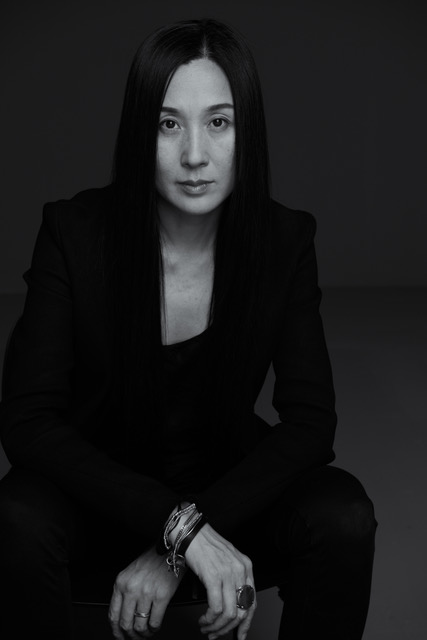Uma Wang’s Timeless Pieces
Uma Wang has developed a distinct and recognisable aesthetic beyond her earth-toned fashions. From one season to the next, she finds new ways of mixing the cultural references of her country with an international mindset shaped during her studies at Central Saint Martins School in London.

How would you describe your evolution as a designer/brand?
The evolution of Uma Wang as a brand is a sort of evolution of myself. Its entire history has a strong connection with my feelings and emotions and with all the experiences I am living. I like to bring all these little but significant parts of my life into the garments. I feel like a poet when he has the inspiration to write an ode, but also like an architect before the building of a house.
Why is it important that fashion is always evolving, that it never stays the same?
Fashion is a part of everyday life, but at the same time, it is a dream and people need to dream. Fashion needs to keep up with the times — even to stay in front of them like a sort of lighthouse of expectations and experiences. This is why it is very important that fashion never stops evolving.
What moment, design or collection marked a turning point for you?
When I was a little girl, my mum made clothes for me, and all my schoolmates were always asking me where they were coming from. This made me so proud to have these simple but exclusive pieces. I believe this is where everything started. Later, after my fashion studies, the Antwerp Six were my new guiding light. I dreamt that, one day I could be a sort of inspiration for someone as they were for me. And, sometimes, I think I have made it.
How intentional are you about evolving creatively — how do you think about this when beginning a new collection?
The start of a new collection is always a discovery for me. Normally I start to have an idea, a little inspiration, and slowly I make it grow. Doing a collection is like a process — not a clear path — and I like to enjoy every moment of this, enriched by every single experience and situation.
Where are you noticing the most significant changes in fashion today?
Now it seems that it is not a matter of garments anymore, but more a sort of entertainment where the best is the one who has the coolest actor as ambassador, the strangest venue, and the best media team. I have to say that this is not for me. I like the old way to tell a story where garments are the main characters of the plot and all the rest is just a good scenario.
The fashion audience is ever-evolving. How important is it for you to connect with Generation Z (and how are you doing this)?
I never think about connecting to one generation more than another one. I like to think that my garments are for all generations and all of them can wear my pieces in the way they like them. It is like a garment is a starting point then everyone could use it in his own way, giving it a different personality.
Evolution is gradual; revolution is radical. Is fashion still capable of revolution?
I strongly believe that the entire fashion system needs a revolution. I can not think that a single garment’s life lasts less than six months and it is worn just once. I hope that people start to think about this, and my goal is to help them do that by creating timeless pieces with a strong attitude. Fashion is capable of revolution! And we, as designers, are in charge of making it happen!
This interview has been lightly edited for clarity.



